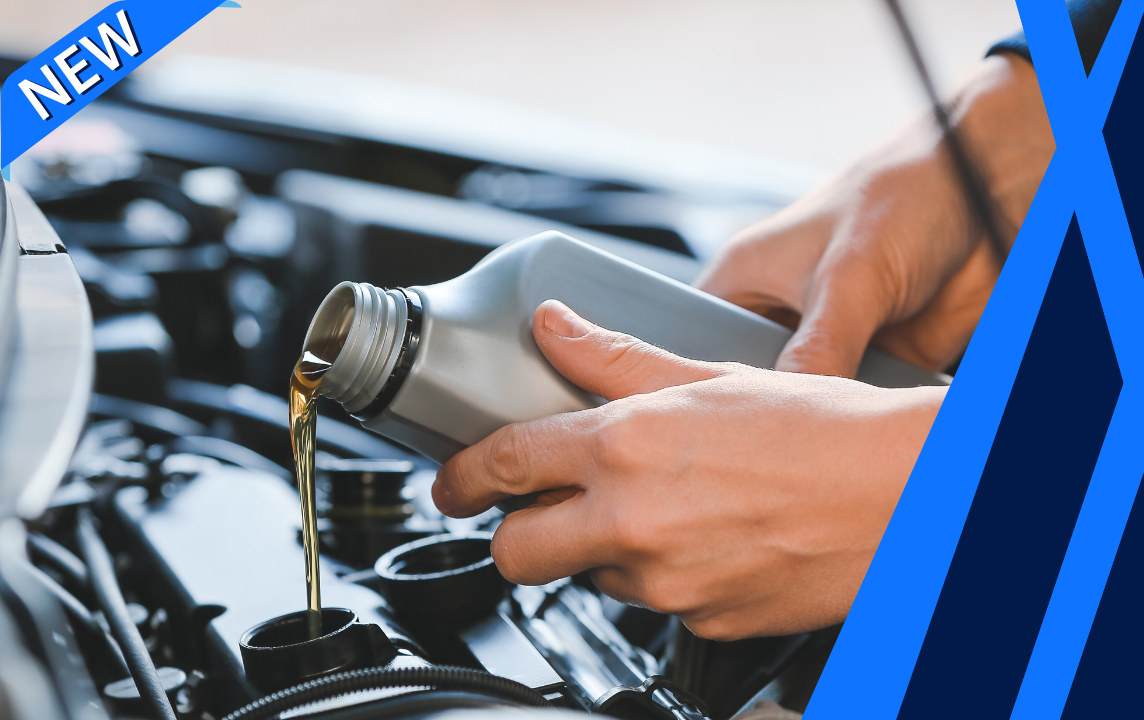Description
Drive Belt Tensioner Replacement
What is the Drive Belt Tensioner all about?
A Drive Belt Tensioner is a pulley mounted to either a spring mechanism or an adjustable pivot point to keep constant tension on your serpentine belt. That is the big long belt in the front of your engine.
The tensioner rides on the outside surface of the belt to put pressure, or tension, on the belt and against the pulleys that drive things like the alternator, power steering, air conditioner, etc.
Keep in mind:
Tensioners usually come with pulleys; they are normally replaced together. Also, when replacing a tensioner, the drive belt usually must be removed. A mechanic may recommend replacing the belt as well.
How it’s done:
- Check for any noise in the engine (usually a squeaky or grinding noise).
- Remove the drive belt(s) (in most cases).
- Inspect drive belt pulleys.
- Check the drive belt tensioner.
- Remove and replace the tensioner if faulty.
- Start car to see if noise is gone.
Our recommendation:
Your drive belt tensioner should always be inspected when your drive belt is serviced. A professional mechanic should review your drive belt system during routine maintenance and inspection to ensure that all the components are in working order. The drive belt tensioner will usually last longer than the drive belts, so as long as your tensioner is inspected or replaced when your drive belts are, your belt system should remain in good shape.
What common symptoms indicate you may need to replace the Drive Belt Tensioner?
Unusual noise (squeaky or grinding sound) every time you start the engine.
How important is this service?
The air conditioning, power steering, and alternator in your vehicle are given power through the drive belt. The belt is attached to both the crankshaft and these systems and transfers power from the engine to drive each component. The drive belt tensioner is responsible for keeping the tension in the drive belt, which allows it to continue moving and transferring power. When the drive belt tensioner fails, the tension in the drive belt will begin to diminish, and the vehicle will not operate as well.




